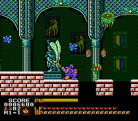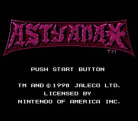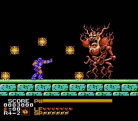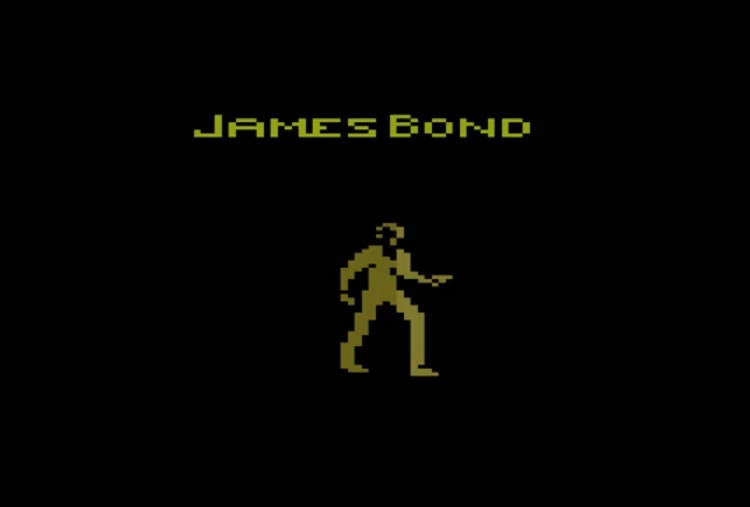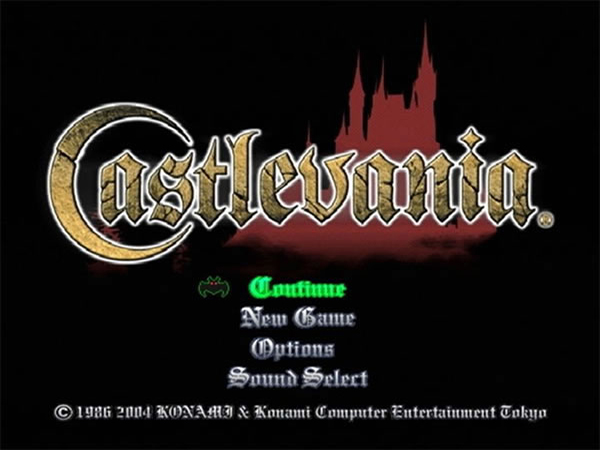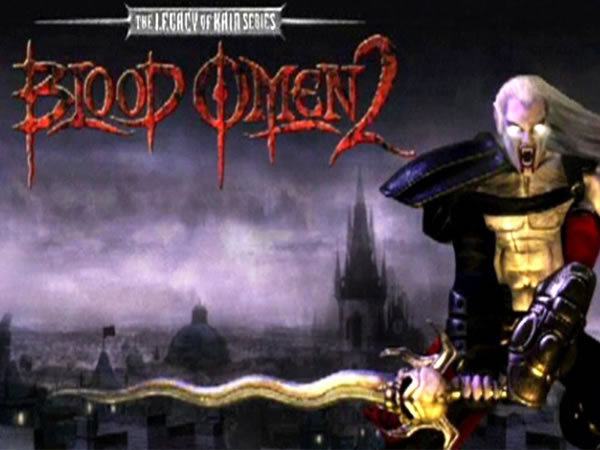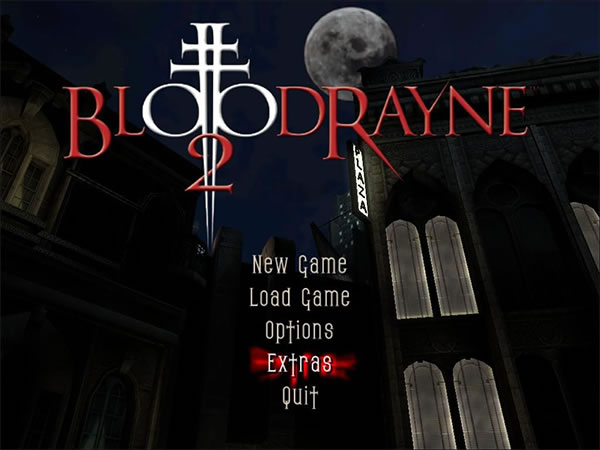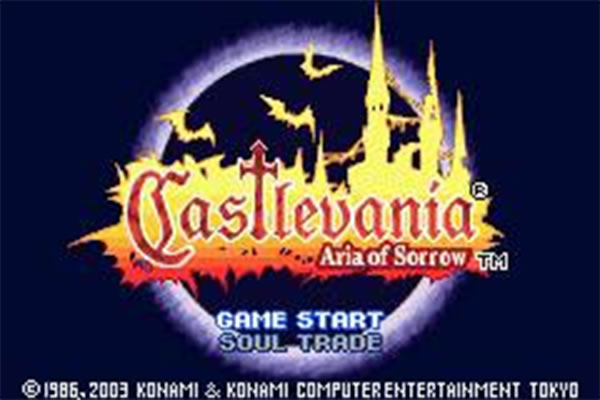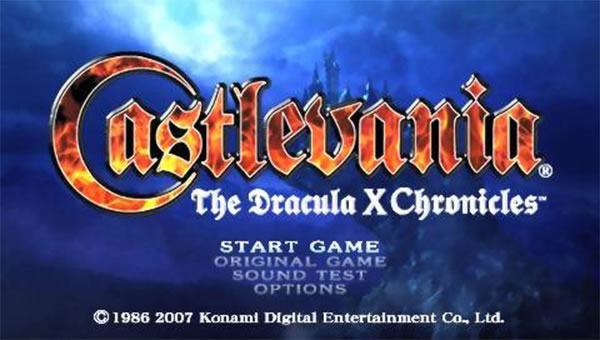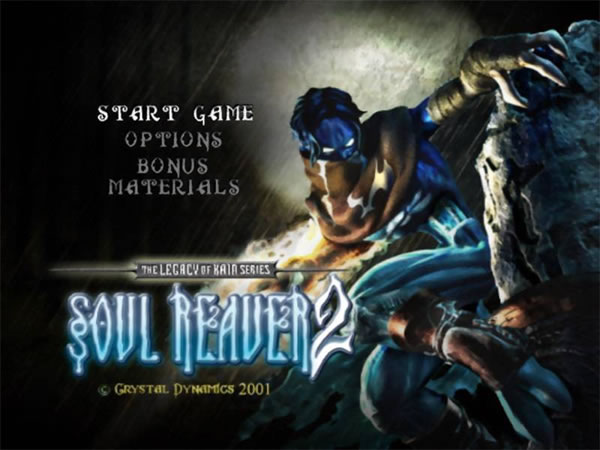- CLASSIC MAGAZINES
- REVIEW CREW
A show recapping what critics thought back
when classic games first came out! - NEXT GENERATION'S BEST & WORST
From the worst 1-star reviews to the best
5-stars can offer, this is Next Generation! - NINTENDO POWER (ARCHIVE)
Experience a variety of shows looking at the
often baffling history of Nintendo Power! - MAGAZINE RETROSPECTIVE
We're looking at the absolutely true history of
some of the most iconic game magazines ever! - SUPER PLAY'S TOP 600
The longest and most ambitious Super NES
countdown on the internet! - THEY SAID WHAT?
Debunking predictions and gossip found
in classic video game magazines! - NEXT GENERATION UNCOVERED
Cyril is back in this spin-off series, featuring the
cover critic review the art of Next Generation! - HARDCORE GAMER MAGAZING (PDF ISSUES)
Download all 36 issues of Hardcore Gamer
Magazine and relive the fun in PDF form!
- REVIEW CREW
- ELECTRONIC GAMING MONTHLY
- ELECTRONIC GAMING MONTHLY RANKS
From Mario to Sonic to Street Fighter, EGM
ranks classic game franchises and consoles! - ELECTRONIC GAMING MONTHLY BEST & WORST
Counting down EGM’s best and worst reviews
going year by year, from 1989 – 2009! - ELECTRONIC GAMING BEST & WORST AWARDS
11-part video series chronicling the ups and
downs of EGM’s Best & Worst Awards!
- ELECTRONIC GAMING MONTHLY RANKS
- GAME HISTORY
- GAME OVER: STORY BREAKDOWNS
Long-running series breaking down game
stories and analyzing their endings! - A BRIEF HISTORY OF GAMING w/ [NAME HERE]
Real history presented in a fun and pithy
format from a variety of game historians! - THE BLACK SHEEP
A series looking back at the black sheep
entries in popular game franchises! - INSTANT EXPERT
Everything you could possibly want to know
about a wide variety of gaming topics! - FREEZE FRAME
When something familiar happens in the games
industry, we're there to take a picture! - I'VE GOT YOUR NUMBER
Learn real video game history through a series
of number-themed episodes, starting at zero! - GREAT MOMENTS IN BAD ACTING
A joyous celebration of some of gaming's
absolute worst voice acting!
- GAME OVER: STORY BREAKDOWNS
- POPULAR SHOWS
- DG NEWS w/ LORNE RISELEY
Newsman Lorne Riseley hosts a regular
series looking at the hottest gaming news! - REVIEW REWIND
Cyril replays a game he reviewed 10+ years
ago to see if he got it right or wrong! - ON-RUNNING FEUDS
Defunct Games' longest-running show, with
editorials, observations and other fun oddities! - DEFUNCT GAMES QUIZ (ARCHIVE)
From online quizzes to game shows, we're
putting your video game knowledge to the test!- QUIZ: ONLINE PASS
Take a weekly quiz to see how well you know
the news and current gaming events! - QUIZ: KNOW THE GAME
One-on-one quiz show where contestants
find out if they actually know classic games! - QUIZ: THE LEADERBOARD
Can you guess the game based on the classic
review? Find out with The Leaderboard!
- QUIZ: ONLINE PASS
- DEFUNCT GAMES VS.
Cyril and the Defunct Games staff isn't afraid
to choose their favorite games and more! - CYRIL READS WORLDS OF POWER
Defunct Games recreates classic game
novelizations through the audio book format!
- DG NEWS w/ LORNE RISELEY
- COMEDY
- GAME EXPECTANCY
How long will your favorite hero live? We crunch
the numbers in this series about dying! - VIDEO GAME ADVICE
Famous game characters answer real personal
advice questions with a humorous slant! - FAKE GAMES: GUERILLA SCRAPBOOK
A long-running series about fake games and
the people who love them (covers included)! - WORST GAME EVER
A contest that attempts to create the worst
video game ever made, complete with covers! - LEVEL 1 STORIES
Literature based on the first stages of some
of your favorite classic video games! - THE COVER CRITIC
One of Defunct Games' earliest shows, Cover
Critic digs up some of the worst box art ever! - COMMERCIAL BREAK
Take a trip through some of the best and
worst video game advertisements of all time! - COMIC BOOK MODS
You've never seen comics like this before.
A curious mix of rewritten video game comics!
- GAME EXPECTANCY
- SERIES ARCHIVE
- NINTENDO SWITCH ONLINE ARCHIVE
A regularly-updated list of every Nintendo
Switch Online release, plus links to review! - PLAYSTATION PLUS CLASSIC ARCHIVE
A comprehensive list of every PlayStation
Plus classic release, including links! - RETRO-BIT PUBLISHING ARCHIVE
A regularly-updated list of every Retro-Bit
game released! - REVIEW MARATHONS w/ ADAM WALLACE
Join critic Adam Wallace as he takes us on a
classic review marathon with different themes!- DEFUNCT GAMES GOLF CLUB
Adam Wallace takes to the links to slice his way
through 72 classic golf game reviews! - 007 IN PIXELS
Adam Wallace takes on the world's greatest spy
as he reviews 15 weeks of James Bond games! - A SALUTE TO VAMPIRES
Adam Wallace is sinking his teeth into a series
covering Castlevania, BloodRayne and more! - CAPCOM'S CURSE
Adam Wallace is celebrating 13 days of Halloween
with a line-up of Capcom's scariest games! - THE FALL OF SUPERMAN
Adam Wallace is a man of steel for playing
some of the absolute worst Superman games! - THE 31 GAMES OF HALLOWEEN
Adam Wallace spends every day of October afraid
as he reviews some of the scariest games ever! - 12 WEEKS OF STAR TREK
Adam Wallace boldly goes where no critic has
gone before in this Star Trek marathon!
- DEFUNCT GAMES GOLF CLUB
- DAYS OF CHRISTMAS (ARCHIVE)
Annual holiday series with themed-episodes
that date all the way back to 2001!- 2015: 30 Ridiculous Retro Rumors
- 2014: 29 Magazines of Christmas
- 2013: 29 Questionable Power-Ups of Christmas
- 2012: 34 Theme Songs of Christmas
- 2011: 32 Game Endings of Christmas
- 2010: 31 Bonus Levels of Christmas
- 2009: 30 Genres of Christmas
- 2008: 29 Controls of Christmas
- 2007: 34 Cliches of Christmas
- 2006: 33 Consoles of Christmas
- 2005: 32 Articles of Christmas
- 2004: 31 Websites of Christmas
- 2003: 29 Issues of Christmas
- 2002: 28 Years of Christmas
- 2001: 33 Days of Christmas
- NINTENDO SWITCH ONLINE ARCHIVE
- REVIEW ARCHIVE
- FULL ARCHIVE
Astyanax
Finding a good hack-and-slash game on the Nintendo Entertainment System isn't
an easy prospect. It's a genre that would thrive on the 16-bit consoles, with
games like Golden Axe and Knights of the Round being ported from the arcades,
but the titles on the leading 8-bit platform were scarce. For this reason,
Astyanax caught my eye when it was released back in 1990, and though it took
me another 19 years before I would add it to my collection, it always remained
in my mind as one of those games I had to get my hands on someday.
So, the burning question is, was Astyanax worth the wait? Is Astyanax a good game?

If making a good game were just a matter of combining aspects of already successful games, then there would be no question, as there are qualities of this game which are reminiscent of Castlevania, Ninja Gaiden, and The Legendary Axe - all games which are typically held in high regard. Astyanax has similar platforming and controls to Castlevania. Its presentation includes cut scenes to help tell its story, just like Ninja Gaiden. The gameplay is also quite similar to The Legendary Axe, especially considering how your axe powers up the longer you wait between attacks in both games.
Unfortunately, though Astyanax appears to borrow from these and similar games, it lacks the polish of these games. The controls often feel unresponsive and the hit detection can be poor. The cut scenes, though attractive, really do not add a lot to a very basic save-the-princess storyline. Even powering up your axe has its problems. Along with your power bar increasing, you will also be able to upgrade your weapon when you receive a special token from the stone idols placed throughout the levels. The first token you will get changes your axe to a spear, which actually decreases your attack power. If you find another token, you will then wield a sword, which is the most powerful of the three weapons, but unless you are sure you will be able to upgrade to the sword, there is no reason to take one of these tokens, as it will just make defeating your enemies more difficult.
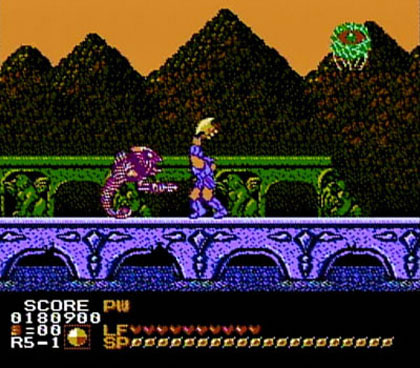
The graphics are probably the one area in which Astyanax shines, but there are still issues that prevent it from really excelling even in this regard. For an NES game, your character sprite is large, as are those for many of your enemies, such as the skeletons and the mini-bosses. The problem this creates is that it only takes four or five enemies to appear onscreen to cause a lot of flicker and a painful amount of slowdown. This slowdown will often be crippling, as it makes the controls that much more unresponsive, which will often lead to you taking cheap hits and falling into one of many pits to your doom. Strangely, there does not appear to be a lot of slowdown when facing the end bosses, which are huge and well defined. As is the case with many NES games featuring large bosses, the background is removed for boss fights, and all that will appear onscreen are a ground plane, your character, and the boss. While the bosses look nice, they are not well animated, and will frequently feature just one or two parts that actually appear to move. It's not enough to detract totally from the presentation of these enemies, but it is noticeable.
Overall, Astyanax isn't a bad game, and for those of us looking for hack-and- slash action on the NES, it is probably one of the better titles to choose from. Though the game does not rank among the best the 8-bit era has to offer, it will provide a couple of hours of fun - interspersed with the occasional expletive as you fall victim to another cheap pit death ...
So, the burning question is, was Astyanax worth the wait? Is Astyanax a good game?

If making a good game were just a matter of combining aspects of already successful games, then there would be no question, as there are qualities of this game which are reminiscent of Castlevania, Ninja Gaiden, and The Legendary Axe - all games which are typically held in high regard. Astyanax has similar platforming and controls to Castlevania. Its presentation includes cut scenes to help tell its story, just like Ninja Gaiden. The gameplay is also quite similar to The Legendary Axe, especially considering how your axe powers up the longer you wait between attacks in both games.
Unfortunately, though Astyanax appears to borrow from these and similar games, it lacks the polish of these games. The controls often feel unresponsive and the hit detection can be poor. The cut scenes, though attractive, really do not add a lot to a very basic save-the-princess storyline. Even powering up your axe has its problems. Along with your power bar increasing, you will also be able to upgrade your weapon when you receive a special token from the stone idols placed throughout the levels. The first token you will get changes your axe to a spear, which actually decreases your attack power. If you find another token, you will then wield a sword, which is the most powerful of the three weapons, but unless you are sure you will be able to upgrade to the sword, there is no reason to take one of these tokens, as it will just make defeating your enemies more difficult.

The graphics are probably the one area in which Astyanax shines, but there are still issues that prevent it from really excelling even in this regard. For an NES game, your character sprite is large, as are those for many of your enemies, such as the skeletons and the mini-bosses. The problem this creates is that it only takes four or five enemies to appear onscreen to cause a lot of flicker and a painful amount of slowdown. This slowdown will often be crippling, as it makes the controls that much more unresponsive, which will often lead to you taking cheap hits and falling into one of many pits to your doom. Strangely, there does not appear to be a lot of slowdown when facing the end bosses, which are huge and well defined. As is the case with many NES games featuring large bosses, the background is removed for boss fights, and all that will appear onscreen are a ground plane, your character, and the boss. While the bosses look nice, they are not well animated, and will frequently feature just one or two parts that actually appear to move. It's not enough to detract totally from the presentation of these enemies, but it is noticeable.
Overall, Astyanax isn't a bad game, and for those of us looking for hack-and- slash action on the NES, it is probably one of the better titles to choose from. Though the game does not rank among the best the 8-bit era has to offer, it will provide a couple of hours of fun - interspersed with the occasional expletive as you fall victim to another cheap pit death ...
HOME |
CONTACT |
NOW HIRING |
WHAT IS DEFUNCT GAMES? |
NINTENDO SWITCH ONLINE |
RETRO-BIT PUBLISHING
Retro-Bit |
Switch Planet |
The Halcyon Show |
Same Name, Different Game |
Dragnix |
Press the Buttons
Game Zone Online | Hardcore Gamer | The Dreamcast Junkyard | Video Game Blogger
Dr Strife | Games For Lunch | Mondo Cool Cast | Boxed Pixels | Sega CD Universe | Gaming Trend
Game Zone Online | Hardcore Gamer | The Dreamcast Junkyard | Video Game Blogger
Dr Strife | Games For Lunch | Mondo Cool Cast | Boxed Pixels | Sega CD Universe | Gaming Trend
Copyright © 2001-2025 Defunct Games
All rights reserved. All trademarks are properties of their respective owners.
All rights reserved. All trademarks are properties of their respective owners.






